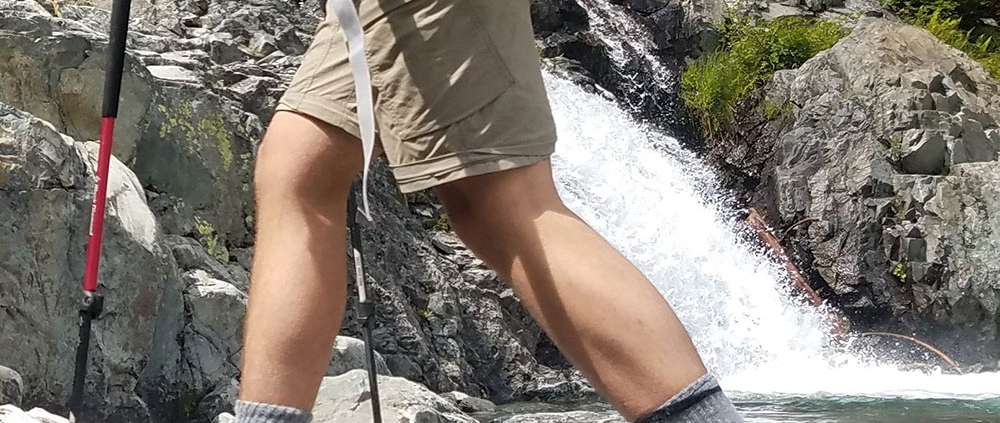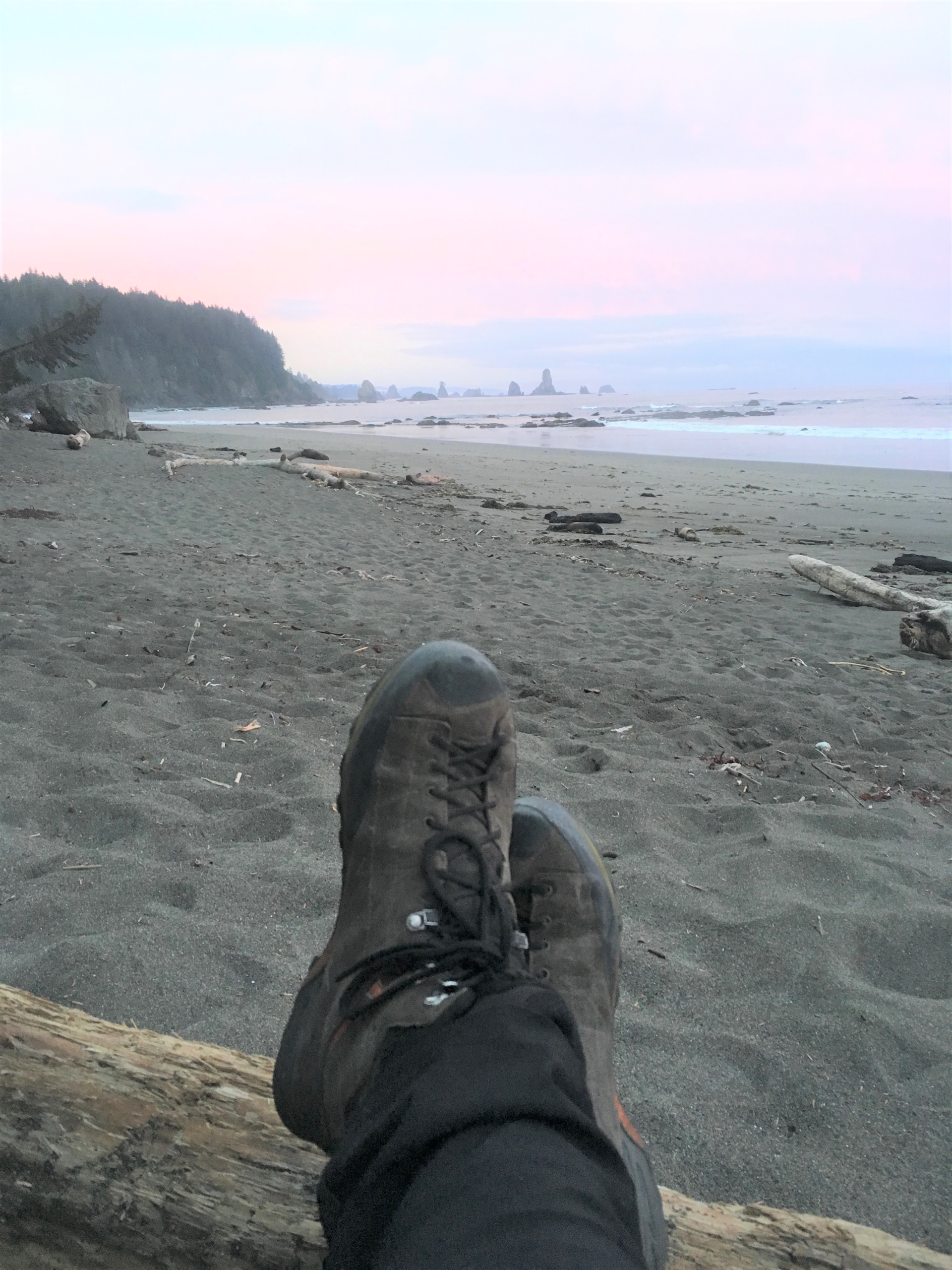Gear Series: Tips for Buying Hiking Boots
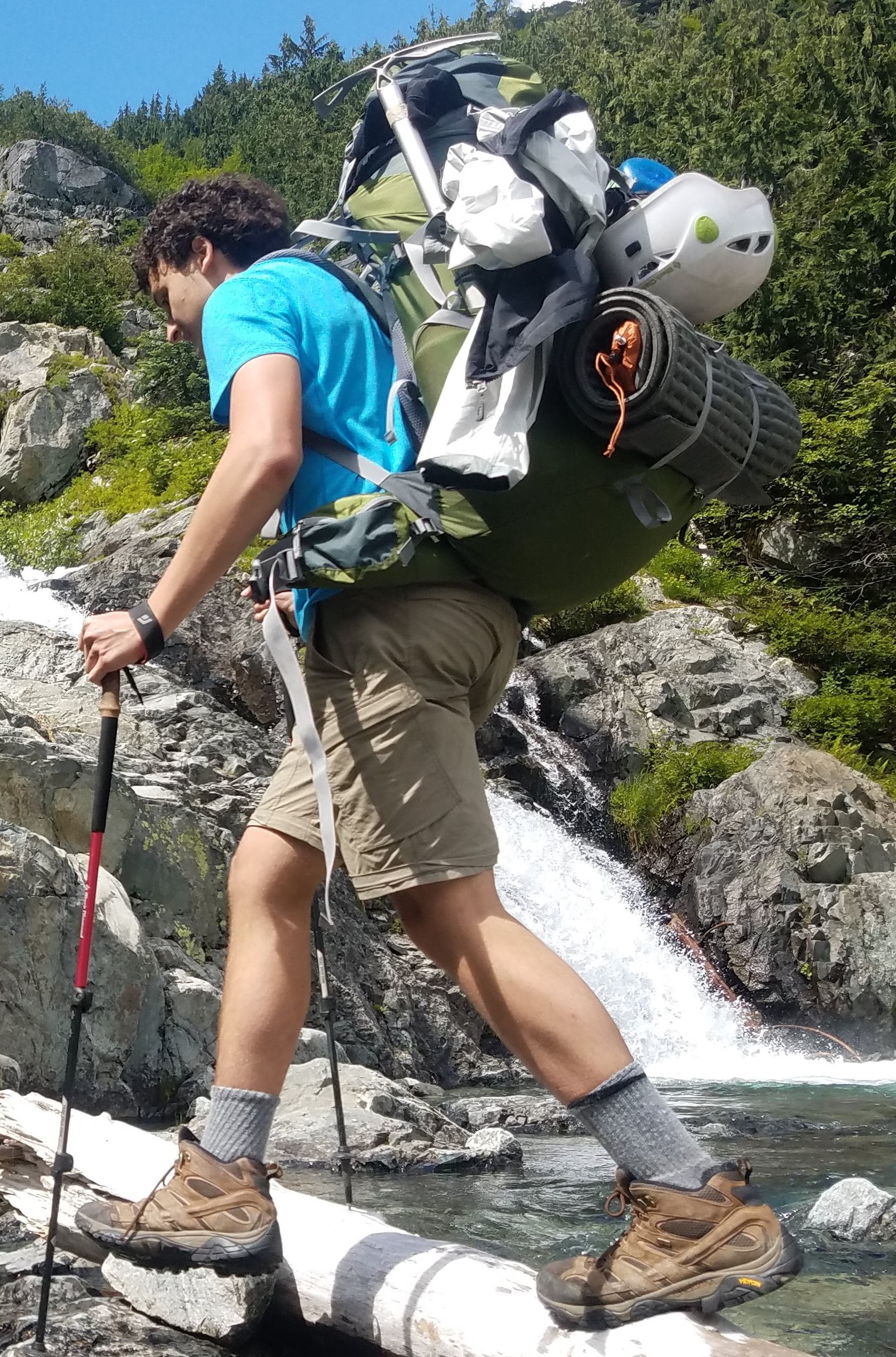 Interpreting the language of outdoor retail
Interpreting the language of outdoor retail
When it comes to buying outdoor gear for Adventure Treks (or even for a personal trip), there’s nothing more daunting than trying to decipher every obscure label, material, fabric, and technology that comes with buying even the simplest outdoor item these days.
But Adventure Treks is here to help! This spring, we’re launching our Gear Series: Tips for Buying Outdoor Gear. We’ll discuss some of the materials, technologies, labels, and other features commonly found on outdoor equipment, and attempt to clarify their meaning, use, and how they’re helpful on an AT trip.
This post contains affiliate links, meaning if you complete a purchase by clicking any of the following links, Adventure Treks will earn a small commission. We’ve decided to donate 100 percent of each commission to our 501(c)(3) non-profit Charlie Wellman Memorial Fund; this will help us provide more opportunities to deserving students applying for scholarships.
Hiking boots and outdoor footwear
From the first day hike to the summit attempt of a big mountain, the right footwear is crucial for Adventure Treks students. However, when it comes to shopping for boots, the endless lists of specs and material descriptions can make a person go cross-eyed. While we’ll attempt to clarify a few important aspects of footwear, the most important advice we have is try shoes on in the store whenever possible. If you have to order shoes online, order several different brands and give yourself enough time to walk around the house and see which fits best.
Here, we’ll focus on hiking, backpacking, and trail running shoes.
Hiking boot glossary
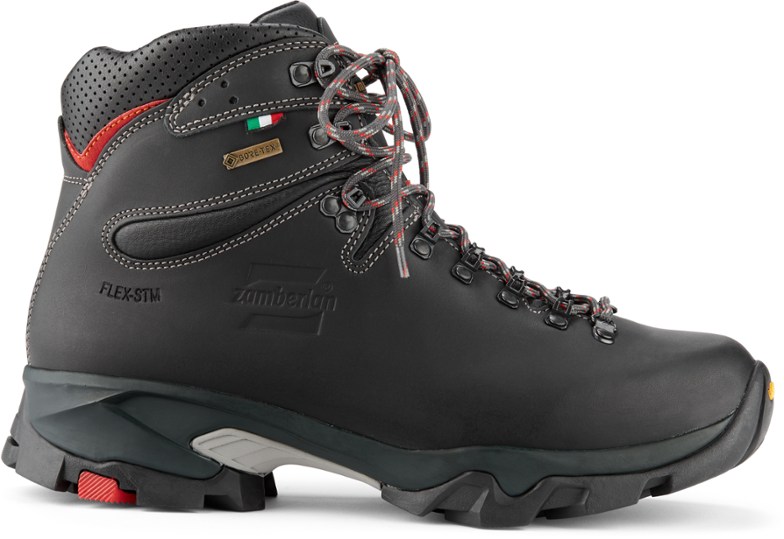
A full-grain leather, full-height backpacking boot
Uppers: The material that makes up the top part of the shoe or boot is called the upper. In other words, the upper is everything other than the insole, outsole and the tongue.
Last: This is the width measurement of your foot. Not all shoes list the last measurement, but if you have very wide or very narrow feet, you can ask a sales associate to measure the width of your foot when they measure the length. This can help find that perfect fit.
Outsole: The bottom of the shoe or boot is the outsole. Descriptions of shoes sometimes refer to width or thickness of the outsole; that is simply talking about the width or thickness of the rubber part on the bottom. You may also see the words “tread” or “lugs”—this refers to the “knobs” of rubber protruding from the bottom of the shoe. Deep lugs means bigger nobs = more tread = better traction in mud or soft ground.
Insole: What the sole of your foot rests on inside the shoe is the insole. Specialty insoles can be purchased separately and are great options for people with very high arches, flat feet, or another foot specific condition. If this is the case, consult a specialist at your local outdoor store.
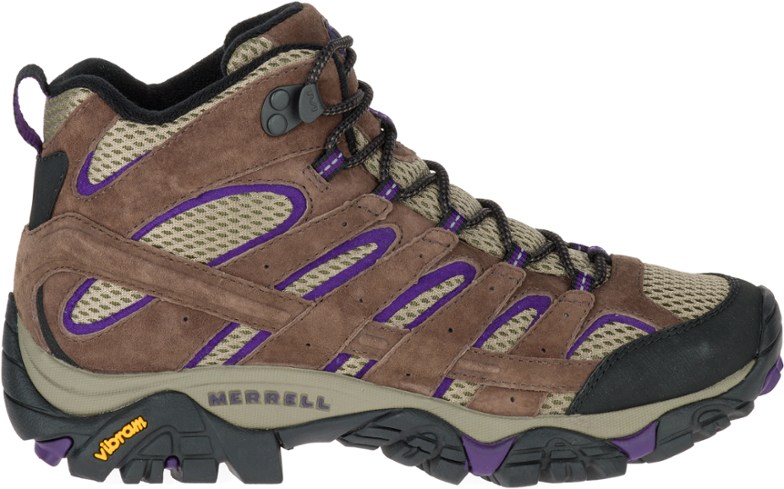
A mid-height, synthetic backpacking boot
Volume: The space inside the shoe. A high-volume shoe is good for folks with a high instep (the peak between your ankle and toes on the top of your foot) because it has more room to accommodate the instep; low-volume is good for folks with a low instep. Correct volume = better fit.
Hiking boot styles
Full-height boot: Refers to a high-top shoe that comes above the ankle bone and laces all the way up. Boots are known for being stiff and require breaking in. They often have a wide, thick outsole and are great for heavy work and backpacking in tough, wet terrain. A perfect style for our Alaska and Leadership Adventure Semester trips, where extended backcountry time and glacier travel make a full boot a necessity.
Mid-height or three-quarter-height: Still considered a boot but three-quarters height, coming up to the ankle bone. Perfect for moderate backpacking and are slightly lighter and more flexible than a full boot (but still need breaking-in time). An excellent choice for every AT trip except Alaska and Leadership Adventure Semester.
Hiking shoe: This category includes many different kinds of shoes, but a hiking shoe is essentially a low-top (below the ankle bone) tennis shoe with some added tread and a more durable upper. This would be great as an around-camp shoe but would not be an acceptable replacement for a backpacking boot.
Hiking boot materials
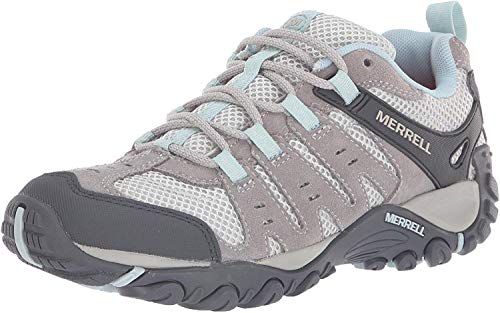
A synthetic hiking shoe
Leather: Leather boots typically are more durable, heavier, and less breathable compared to a shoe made with synthetic fabrics. That does, however, depend on the form of leather; the three that we are likely to see at Adventure Treks are full-grain, suede/nubuck, and paneled.
- Full-grain: Leather with a smooth, glossy look that still has full thickness (has not been shaved down at all); very durable but not the most breathable. These tend to be on the more expensive side; because students tend to grow out of their boots every year, we don’t recommend full-grain leather boots for teenagers.
- Suede/nubuck: Abraded leather with a “fuzzy” or “thinned down” look. Because the leather isn’t as thick, it loses some durability, but these are more breathable, more flexible, and lighter. Examples include the Merrell Ontario Suede Mid Hiking Boot; Scarpa ZG Trek GTX Backpacking Boot; and Vasque Canyonlands UltraDry Waterproof Hiking Boot.
- Paneled: These are made, predictably, from panels of leather rather than one piece like a full-grain boot. These panels are sewn together to make a very comfortable, flexible, and breathable shoe/boot. They tend to be slightly cheaper than full grain or suede/nubuck but will be less durable. Examples include the Merrell Moab 2 Prime Mid Waterproof (one of the most popular boots out there) and Vasque Breeze III Hiking Boots.
Synthetic: Shoes with synthetic uppers are made from woven synthetic fibers, like a running shoe, or are made up of several panels of malleable, plastic-like material and mesh, sewn together to create the outside of the shoe. Synthetic shoes are usually lighter and more breathable but can lack the durability of their leather counterparts. Many footwear options include a combination of leather and synthetic, and these models tend to strike a nice balance.
Examples of synthetic boots and shoes include the Vasque Women’s Breeze Lt Low GTX Gore-tex Waterproof Breathable Hiking Shoe; Salomon X Ultra 3 GTX Hiking Shoes; and Asolo Grid Gv Low Hiking Shoes
GTX: This means the shoe has a GoreTex waterproof-breathable membrane woven into the upper. Many shoes offer both a GTX and non-GTX (waterproof vs. non-waterproof). We’ll cover GoreTex in our next blog on rain gear, but for now, the only AT trips that require waterproof hiking boots include:
- Ultimate Northwest
- California Challenge
- Alaska Expedition
- Leadership Adventure Semester
Our hiking boot takeaways
- BREAK IN YOUR BOOTS! Your foot comfort is directly connected to how much you’ve worn your boots before your adventure. More time in the boots = more comfortable.
- Synthetic or paneled boots are great options for Adventure Treks trips that won’t require as much break-in time.
- Mid-height boots are appropriate for most of our trips, but full-height boots will work just fine for Alaska and Leadership Summit. Every trip requires a hiking boot except Pacific Northwest Discovery, where hiking shoes will suffice.
- TRY SHOES ON AT A STORE. Only order shoes online if you can order multiple pairs and if you have time to break them in before your trip.

